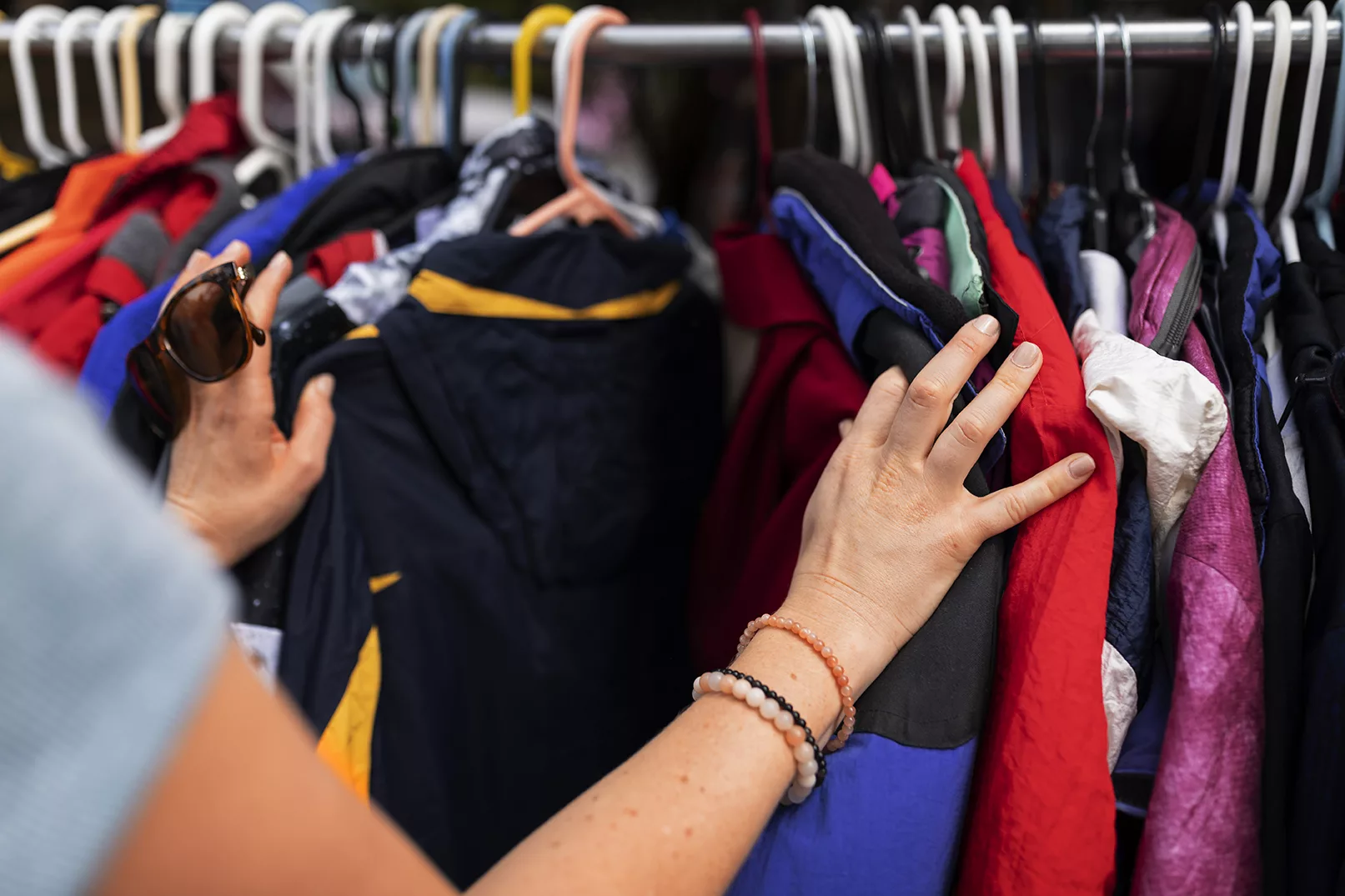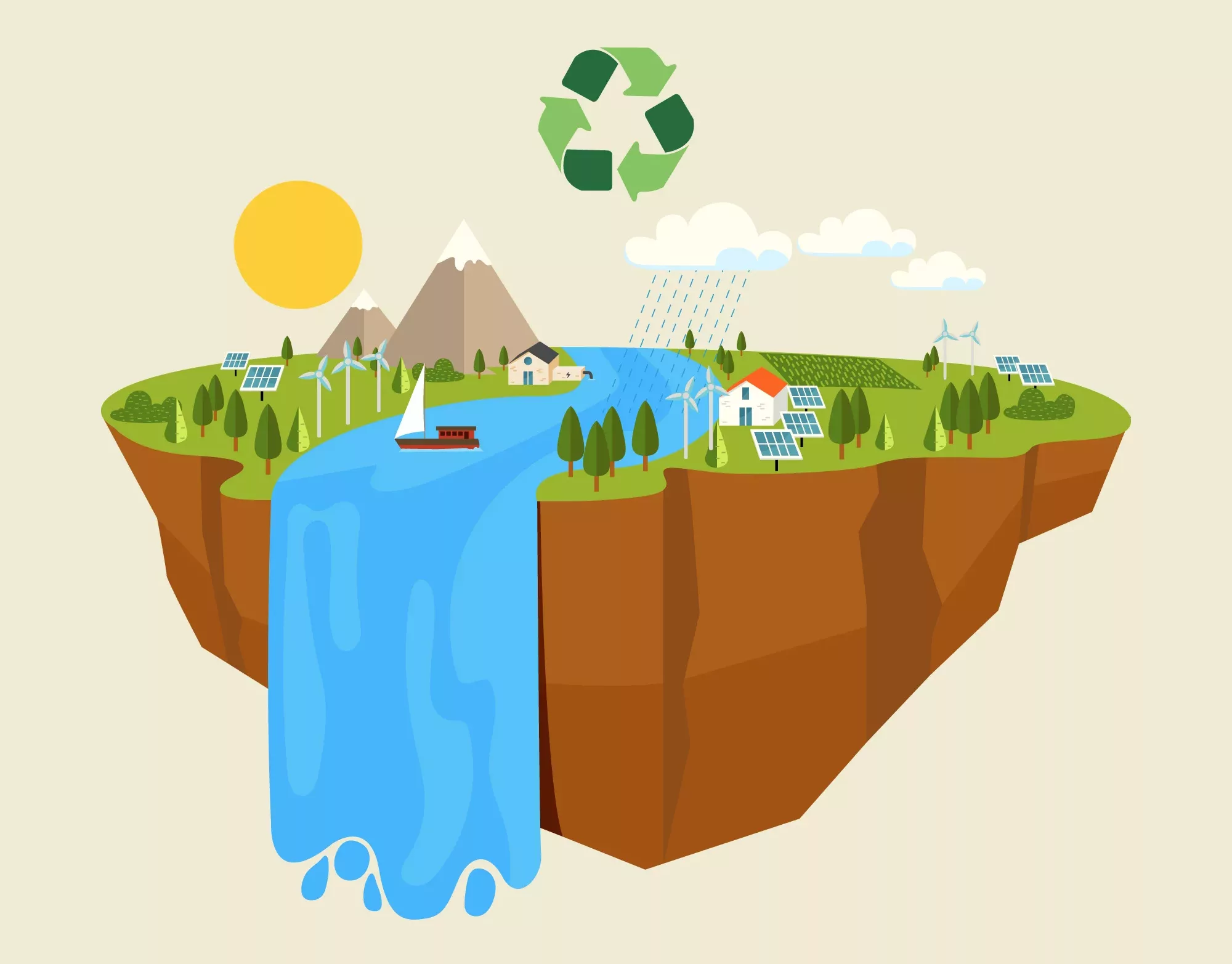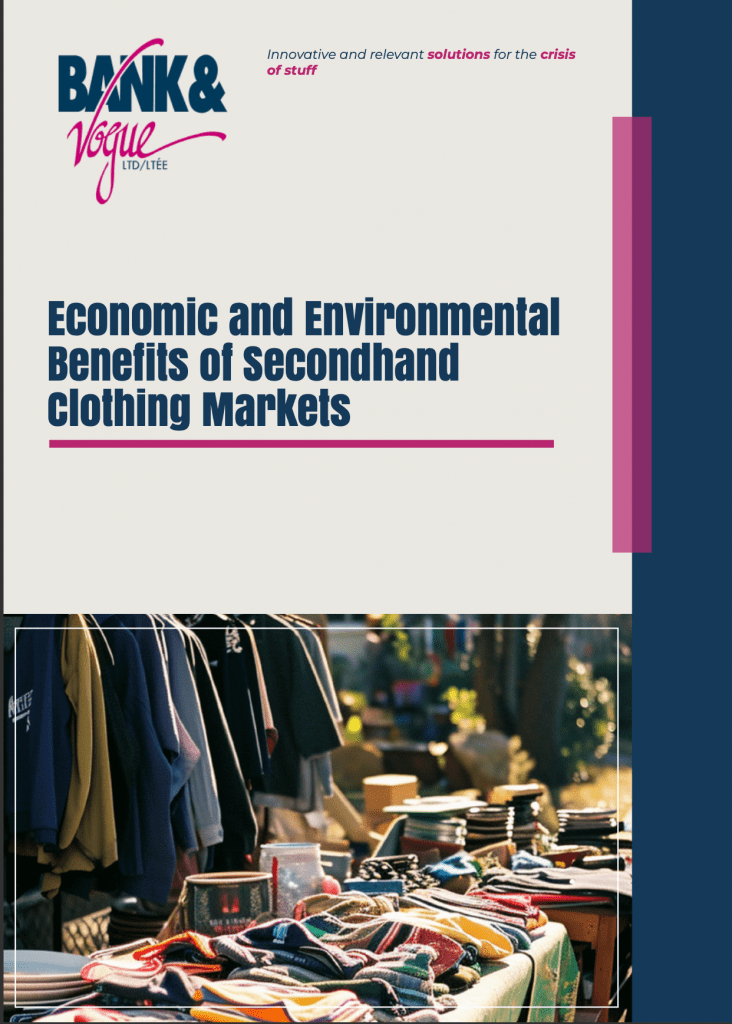Economic and Environmental Benefits of Secondhand Clothing Markets
The global fashion industry is a major contributor to pollution and waste, with 10% of the world’s pollution originating from textile production. As environmental concerns intensify, the secondhand clothing market is emerging as a sustainable alternative that offers significant economic and environmental benefits.
The Rise of Secondhand Clothing Markets
The secondhand clothing market has grown substantially in recent years. Driven by increased consumer awareness and a shift towards sustainable consumption, this market provides a viable solution to the environmental challenges posed by fast fashion.


Economic Benefits
1. Job Creation:
The secondhand clothing sector creates numerous jobs in various stages, from collection and sorting to resale and distribution. For instan- ce, in many African countries, the sector employs over 1.28 million people, supporting 2.5 million dependents.
2. Affordable Fashion:
Secondhand clothing provides high-quality, affordable options for consumers, especially in low-income regions. This affordability allows consumers to access a wide range of fashion choices without compromising their budget.
3. Revenue Generation:
Governments benefit from import duties and taxes on secondhand clothing, providing a dependable revenue stream crucial for economic development. This revenue supports public services and infrastructure in many developing countries.
4. Support for Local Businesses:
The resale market supports small businesses and entrepreneurs who buy and sell secondhand clothing, fostering local economic growth and sustainability.
Environmental Benefits
1. Reduction in Waste:
By extending the life cycle of clothing, the secondhand market significantly reduces textile waste. Clothes that would otherwise end up in landfills are given a second life, promoting a circular economy.
2. Lower Carbon Footprint:
Producing new textiles requires substantial resources and energy. Secondhand clothing reduces the demand for new production, thereby decreasing the overall carbon footprint of the fashion industry.
3. Conservation of Resources:
The secondhand market conserves water, energy, and raw materials that are otherwise used in the production of new textiles. This conservation is critical in the face of dwindling natural resources.


Bank and Vogue: A Full-Service Brokerage
Bank and Vogue stands at the forefront of the secondhand goods market as a full-service brokerage. By facilitating the flow of secondhand clothing, Bank and Vogue plays a crucial role in maximizing the economic and environmental benefits of this sector.
Comprehensive Services:
Bank and Vogue offers a full range of services, including sourcing, grading, and distributing secondhand clothing. Their expertise ensures that high-quality garments reach markets where they are most needed.
Sustainable Practices:
Committed to sustainability, Bank and Vogue emphasizes the importance of reusing and recycling textiles. Their operations align with global efforts to reduce waste and promote circular fashion.
The secondhand clothing market is a powerful driver of economic and environmental sustainability. By creating jobs, generating revenue, and conserving resources, it offers a promising solution to the challenges posed by the traditional fashion industry. As a leading brokerage in this sector, Bank and Vogue exemplifies how businesses can thrive while fostering a greener, more sustainable future.
To learn more about the benefits of secondhand clothing markets and how Bank and Vogue can help you engage in this sustainable practice, please contact us. Together, we can make a significant impact on our economy and environment.








